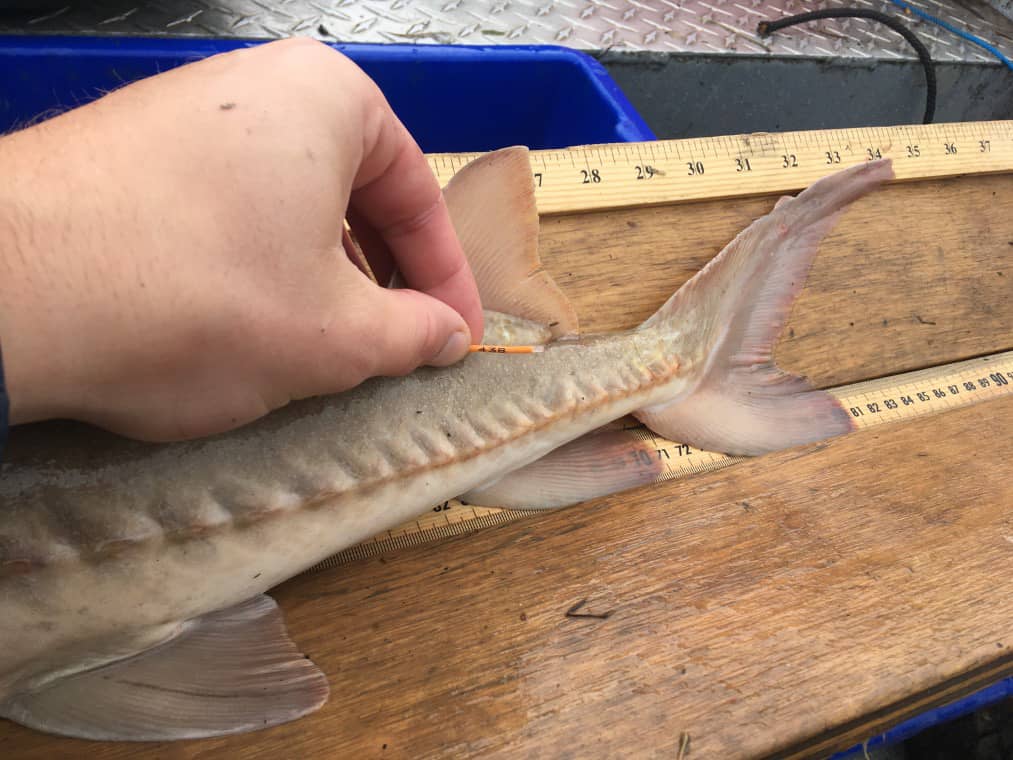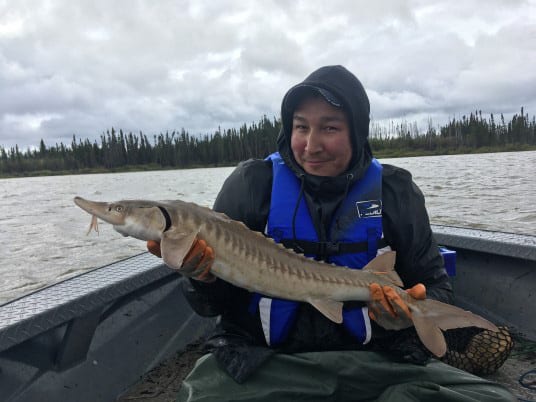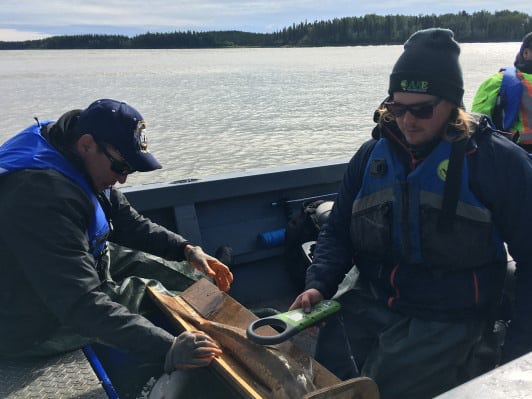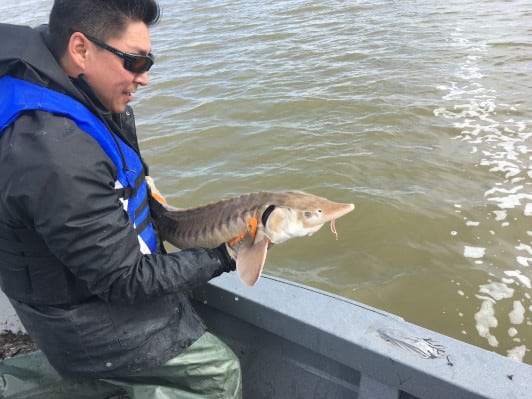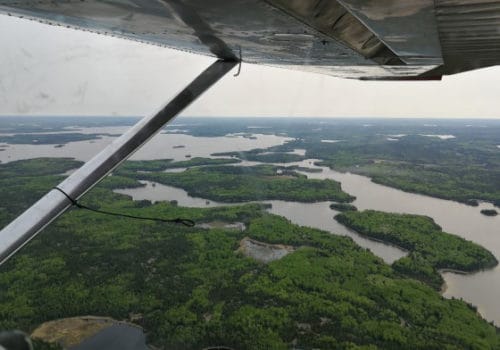2020 to Present
Hydroelectric generating stations along the Nelson River have drastically altered the natural landscape throughout the traditional territory of Ta-taskweyak Cree Nation (TCN). In collaboration with AAE Tech Services Inc., TCN developed a community-focused, Aboriginal Traditional Knowledge-Based environmental monitoring program, aimed at assessing the impacts of the Keeyask reservoir impoundment phase, and evaluating its effects on the environment, their community, and their culture.
TCN’s objectives with this study were to adopt an approach to environmental monitoring that incorporates principles of western science within a frame-work that more appropriately addresses traditional knowledge needs and concerns. The goals of this project were to relearn the land following large-scale environmental change caused by impoundment; including how to navigate a transformed river and investigating how aquatic habitats and traditionally significant fish populations have been impacted by the Keeyask project.
In the Fall of 2020, four TCN community members, including one Elder, were assisted by two AAE biologists in conducting an ATK-based monitoring pro-gram on the Nelson River within the extent of the zone of impact of the Keeyask Impoundment (Gull Rapids to Clark Lake). Specific areas of concern that were addressed during these investigations included:
• Lake Sturgeon population health and patterns of habitat utilization;
• Amplitude of increases in water level and their influence on shore-lines, erosion, key hydraulic features and navigation;
• Changes to water quality;
• Changes to abundance and distribution of commercially valuable and traditionally significant fish species (Walleye, Northern Pike, Lake Whitefish);
• Availability of spawning habitat for fish in Gull Lake and the Nelson River following impoundment.


